- Solar energy blog
- Site selection and PV plant design in minutes with Prism and RatedPower
Site selection and PV plant design in minutes with Prism and RatedPower
Enverus PRISM, an energy analytics software, integrates seamlessly with the RatedPower platform to streamline the development of solar projects. Find out how in this blog article.


Laura Rodríguez
Territory Manager Oceania & Nordics
Laura is a renewable and software industry sales professional, currently working at RatedPower as Territory Manager Oceania & Nordics. With a background in International Business and International Trade, Laura previously worked in the business strategy area in various companies as well as as a market analyst for the Government of Spain in Australia.

Energy professionals need advanced software to do their work, and RatedPower and Enverus aim to provide that. That’s why PRISM, a multi-faceted operating system that seamlessly blends analytics, big datasets, and energy workflows, now integrates with RatedPower’s platform to help solar designers streamline their PV project workflow.
Below, we introduce you to Enverus’ PRISM, what it does, and how its technology integrates with RatedPower software.
What is Enverus PRISM?
PRISM is an advanced energy analytics software platform that integrates diverse data sources. It offers advanced analytical tools, powerful visualizations, and real-time market intelligence, helping power users make confident operating and investing decisions across the energy value chain.
Let’s look at some of its key functions and benefits.
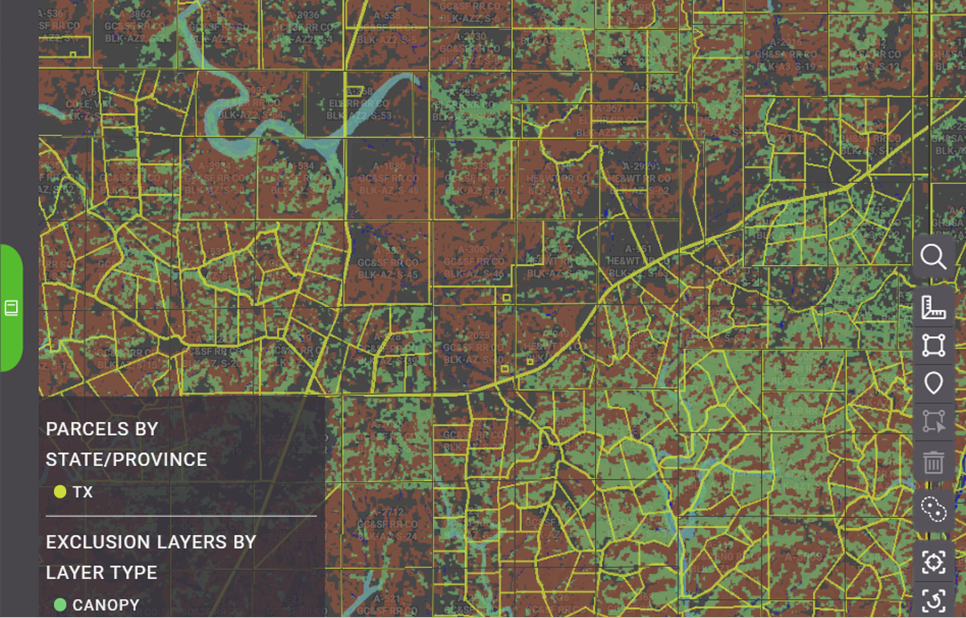
Managing and analyzing multidimensional data
One of the main areas where PRISM excels is managing and analyzing multidimensional data. It can handle different types of information, from production figures to site data to infrastructure layers.
PRISM analyzes patterns, trends, and potential areas of improvement. Curated datasets, including production, spacing and geo intervals, are managed in the same way.
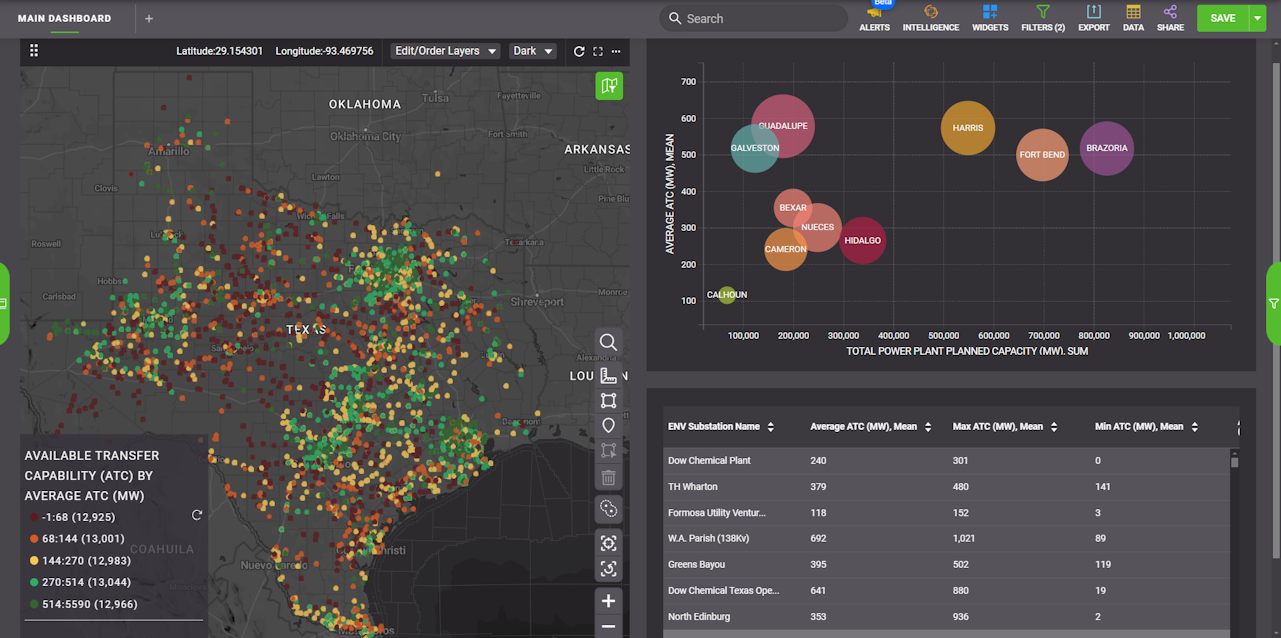
Asset filtering
PRISM also offers asset filters as part of its interface package. These filters allow you to sift through data easily by organizing assets by region or type, for example, and find exactly what you’re looking for without wasting time on irrelevant information. In short, it helps streamline workflow while maintaining high levels of accuracy.
Advanced forecasting features
One area where the software truly shines is its advanced forecasting features. Its strong probabilistic forecast engine can simulate scenarios within minutes, giving you precise and reliable data to work with.
How Enverus PRISM works with RatedPower
By integrating PRISM software with the RatedPower platform, solar designers can streamline the development of their solar projects, finding prime parcels and generating optimal PV plants in minutes.
Step 1: Find a suitable site for PV plant development with Enverus PRISM
Using PRISM’s extensive analyst-reviewed data sets, users can screen millions of parcels with custom filters tailored to meet specific criteria. This includes acreage, location, floodplains, wetlands, tree cover, slopes, tax incentives, and many other useful parameters that allow you to identify buildable parcels with the highest solar and wind capacity factor closest to grid infrastructure.
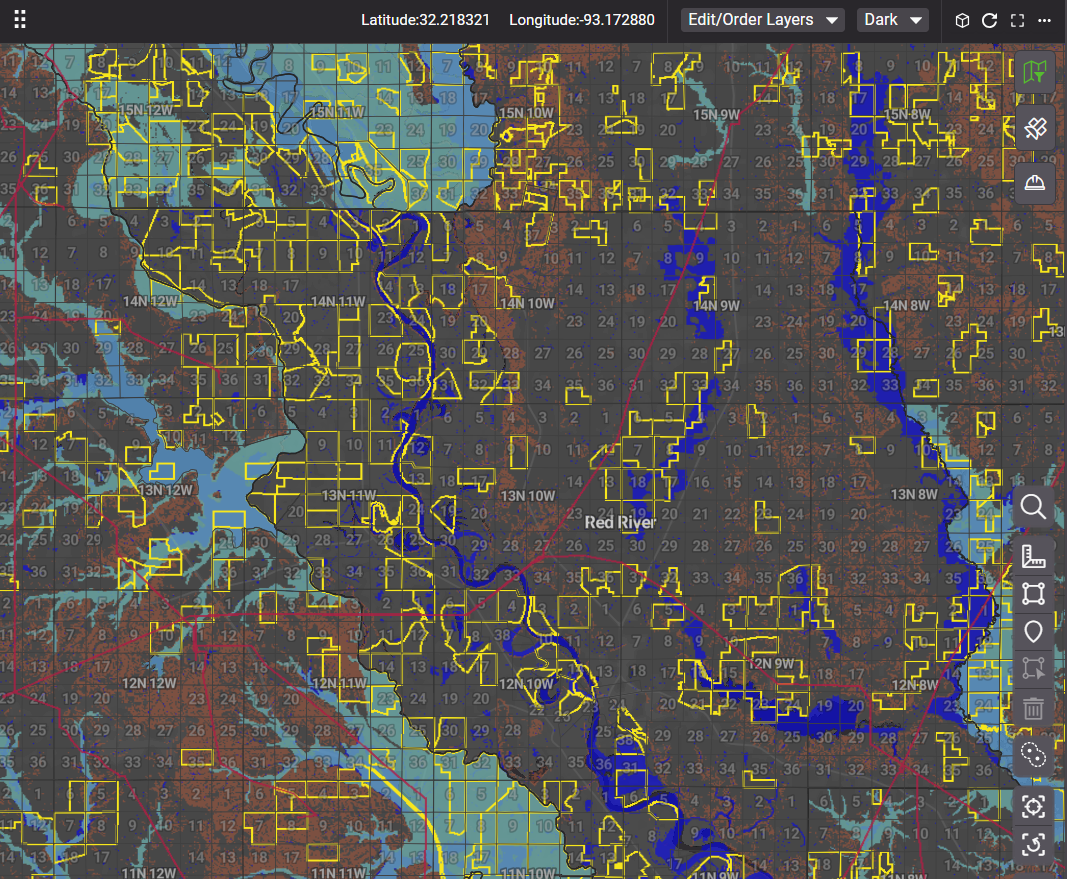
Users can also analyze the Locational Marginal Pricing (LMP) and available transfer capability at specific points of interconnection to make informed decisions regarding the economic and logistical viability of potential project sites. In short, Enverus makes it easy to find a suitable site for your PV plant development.
Step 2: Import the parcel from PRISM into RatedPower
Thanks to the integration between PRISM and the RatedPower platform, users can easily import their chosen parcel from the former to the latter, ensuring a quick and seamless project siting and PV design workflow.
Here’s how:
Select optimal parcels inside PRISM based on detailed assessments of grid infrastructure, market conditions, and project economics.
Copy the parcel link from PRISM and paste it into the site creator within RatedPower. This action loads the parcel as a new polygon in the Site Requirements section, where users can then specify the area’s designation, like available or restricted area, and infrastructure sites like substations and MV lines.
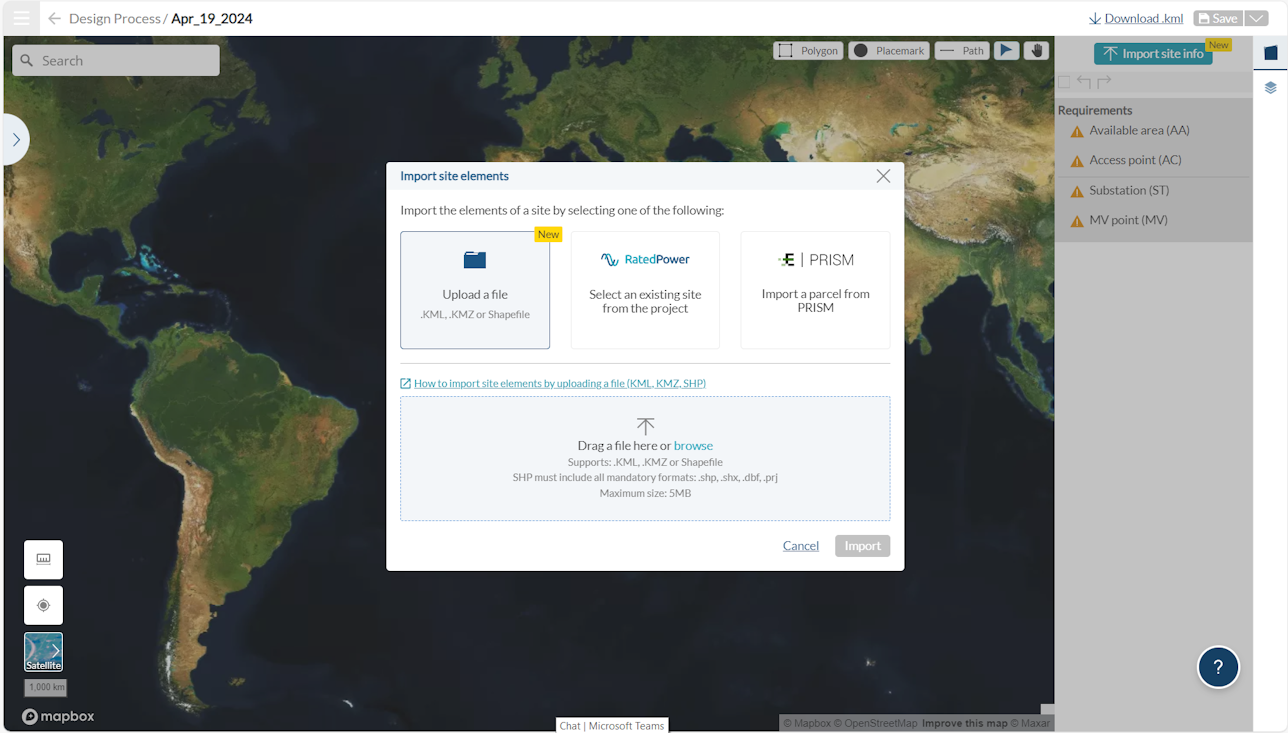
This feature highlights the fundamental advantages that stem from the integration between the two platforms. It not only saves significant resources but also ensures that all necessary information for various stages of a solar plant’s development is consolidated in one place.
Step 3: Design a PV plant in minutes with RatedPower
Users can then design their PV plant on the RatedPower platform, using the automatic solution to engineer the substation of the PV plant and the topography analysis to gain better compliance with the terrain. The platform will also provide energy yields, cost estimates, and detailed PV engineering drawings and BOM for the design.
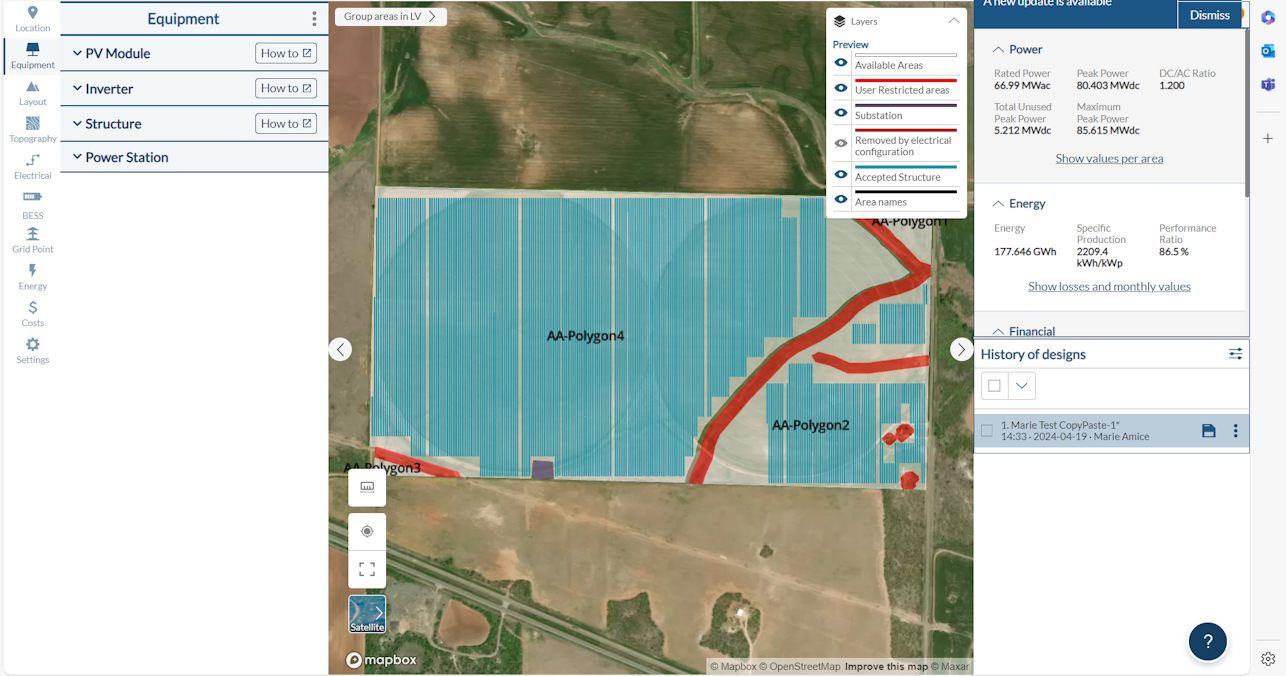
Ready to streamline your data analysis and enhance your solar project planning? Join the future of energy analytics and design by working with RatedPower and Enverus PRISM today. Our all-in-one solution helps you effortlessly manage the complete project development workflow.
Latest stories
Related posts
Product and corporate updates
Enverus’ Solar ROI calculator: assess PV plant’s profitability
Find out how much you could save by integrating Enverus tools into your solar design workflow, as we explain how our solar ROI calculator works.
Updated 5 AUG, 25

Product and corporate updates
Exploring the RatedPower CAD import tool
Discover the RatedPower CAD import tool, an intuitive and time-saving feature that directly integrates DWG CAD files and shapefiles into our platform.
Updated 17 JUN, 25
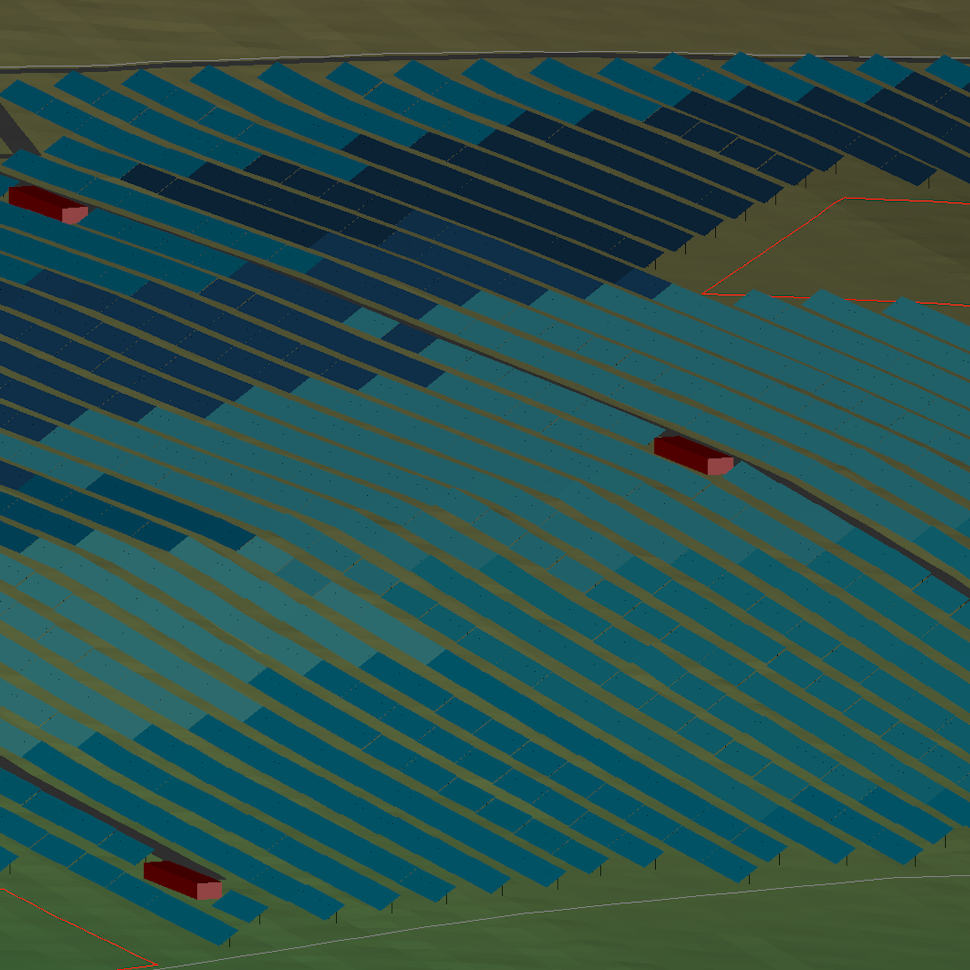
Product and corporate updates
Discover RatedPower’s Layout Editor
RatedPower’s Layout Editor combines precision, automation, and instant feedback to create a financially and commercially viable layout for a PV plant.
Updated 6 MAY, 25
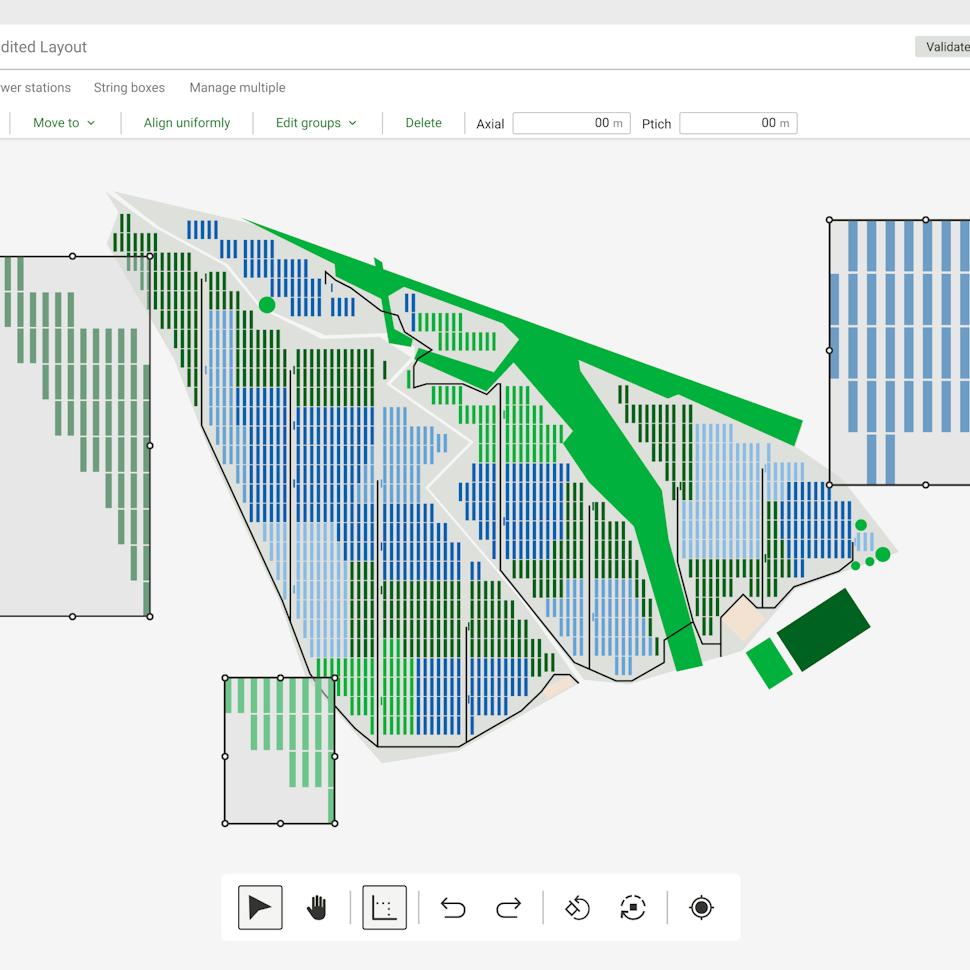
- RatedPower
- Solar energy blog
- Site selection and PV plant design in minutes with Prism and RatedPower
 Watch a demo
Watch a demo Ask our AI Product Expert
Ask our AI Product Expert